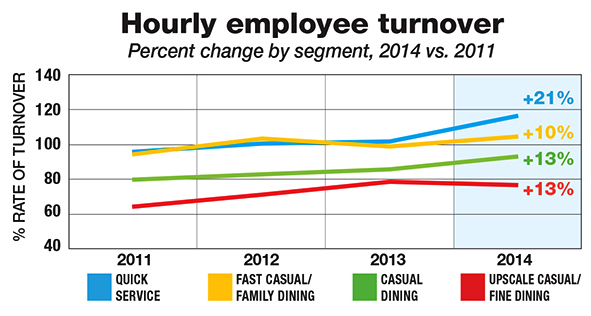We have written about taxpayer-funded corporate subsidies this week. Let’s talk about the Private Equity (PE) industry, where profit margins are pretty high. By PE we mean investing in assets that include equity securities and debt of operating companies that are not at the time of the investment, publicly traded. Having a number of streams of income coming from a variety of investments or income generating assets is one of the best ways to build wealth. You see, hPE is a re-branding of leveraged buyouts (LBOs) which were the way Wall Streeters built wealth in the 1980s.
In the past 35 years, we have seen a finance-led revolution that has generated fantastic wealth for PE managers. PE has in large part, helped create the growing chasm between America’s most wealthy and everyone else. This is shown in the disproportionate numbers of private equity and hedge fund principals in the top .1% of American wealth. That wealth doesn’t only come from just making a killing when the target company goes public or is acquired, it also comes from favorable tax treatments for the PE company principals and investors.
Although the PE industry is often held up as an exemplar of free-market capitalism, it is surprisingly dependent on government subsidies for its profits. In a typical deal, a PE firm buys a company, using some of its own money and some borrowed money. It then tries to improve the performance of the acquired company, with an eye toward cashing out by selling it, or taking it public.
The key to this strategy is debt: the PE firms borrow to invest since, just as with your mortgage, the less money you put down, the bigger the potential return on investment. But debt also increases the risk that companies will go bust, so early on, the amount of debt PE firms employed was conservative.
That has changed in the last 10 years. After using debt to buy them, many PE funds now have their portfolio companies borrow even more. They then use that money to pay themselves “special dividends.” This allows them to recoup their initial investment while keeping the same ownership stake.
Before 2000, big special dividends were not common. But between 2003 and 2007, PE funds took more than $70 billion out of their companies. These dividends created no economic value-they just redistributed money from the company to the private-equity investors.
As an example, in 2004, Wasserstein & Company bought the mail-order fruit retailer Harry & David. The following year, Wasserstein and other investors took out more than $100 million in dividends, paid for with borrowed money. In 2011, Harry and David defaulted on its debt and dumped its pension obligations on the US government. And when an investment goes bankrupt, there are more fees, and maybe more tax write-offs for the PE partners.
Taxpayers are left on the hook. Interest payments on that debt are tax-deductible, and when pensions are dumped, a federal agency, the Pension Benefit Guaranty Corporation (PBGC) picks up the company’s pension liability. That means taxpayers are on the hook for those unfunded pensions.
And the money that PE dealmakers earn is taxed at a much lower rate than normal income, thanks to the US tax code’s carried interest loophole, which permits that income to be taxed at capital gains rates.
Most do not know that the single largest source of investment capital in PE funds is government pension funds. According to Preqin, a database company that tracks investment in PE, approximately 30% of capital in US PE funds is contributed by government pension funds. Government pension funds are usually called “public” pension funds, administered by government employees and governed by officials who are directly elected by the public or appointed by elected officials.
A key point about the power and reach of PE. They have more than $3.5 trillion under management. Assuming normal leverage (30% equity) that gives them $11.7 trillion in buying power. That’s about 40% of the value of publicly-traded firms in the US. Think about the political clout they have by investing government pension money. Not only do PE firms own a huge portion of America’s productive businesses, unlike the diffuse ownership of public companies, they control them outright.
So, PE is a government-sponsored enterprise, both via tax subsidy and via funding. We taxpayers are helping them to fabulous paydays, thanks to our Congress Critters.
If PE firms are as good at remaking companies as they claim, they shouldn’t need tax loopholes to make their money. If we capped the deductibility of corporate debt, and closed the carried-interest loophole, it would not prevent PE firms from buying companies or improving corporate performance.
But it would add to our tax revenues, and that might keep a bridge or two from falling into a river during rush hour somewhere in America.
“The American Dream: You have to be asleep to believe it.” -George Carlin

